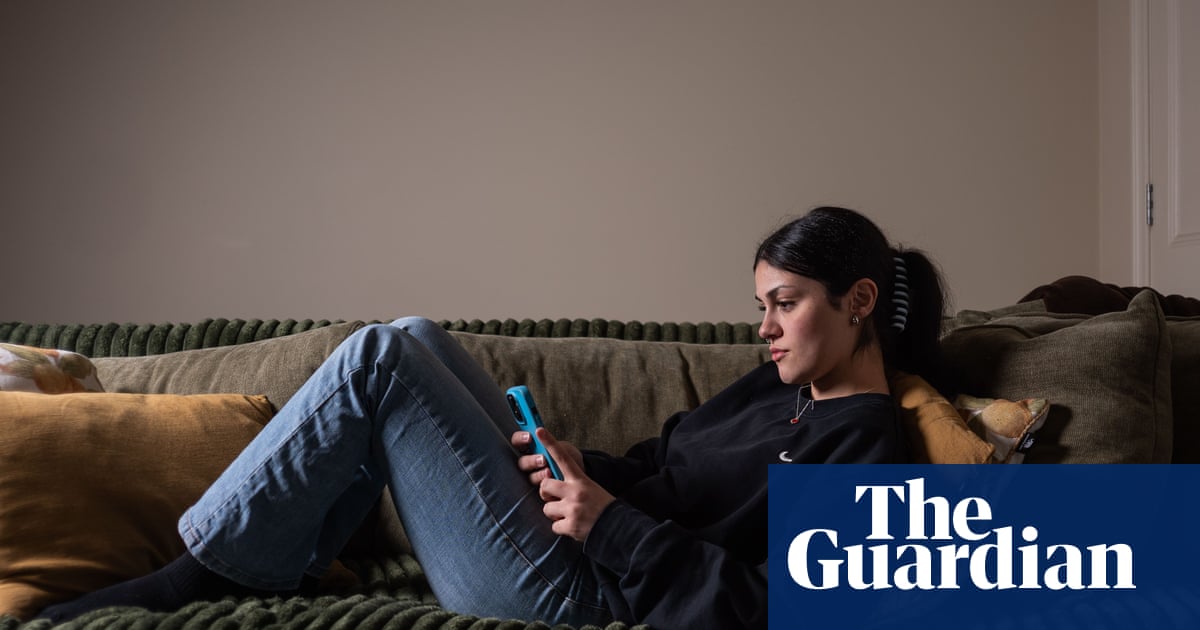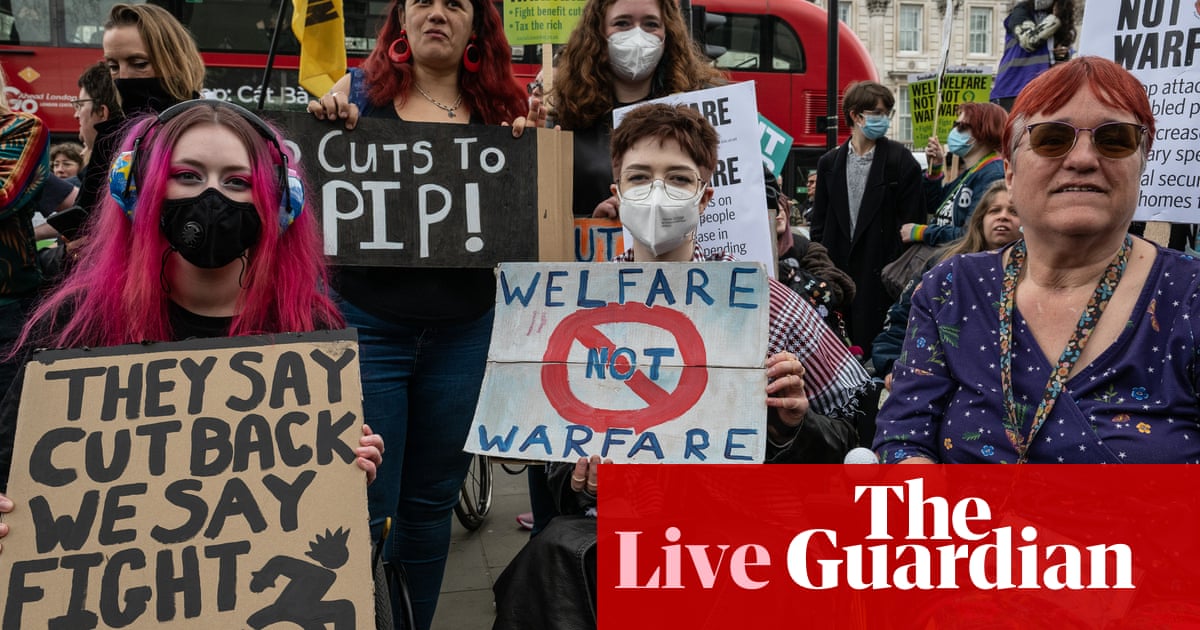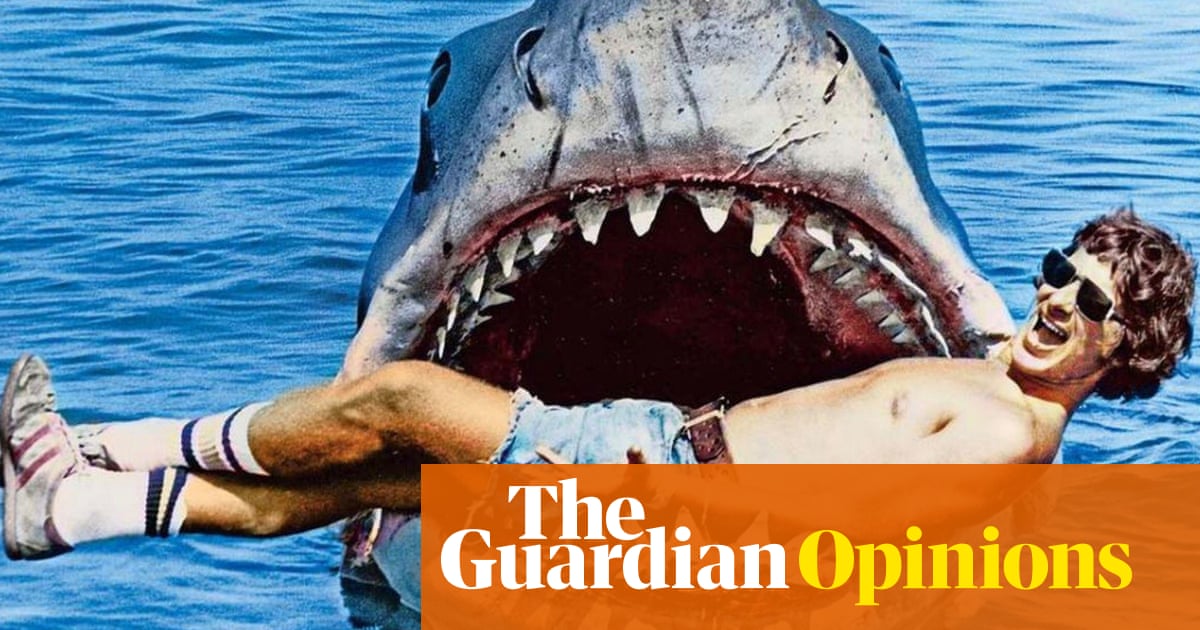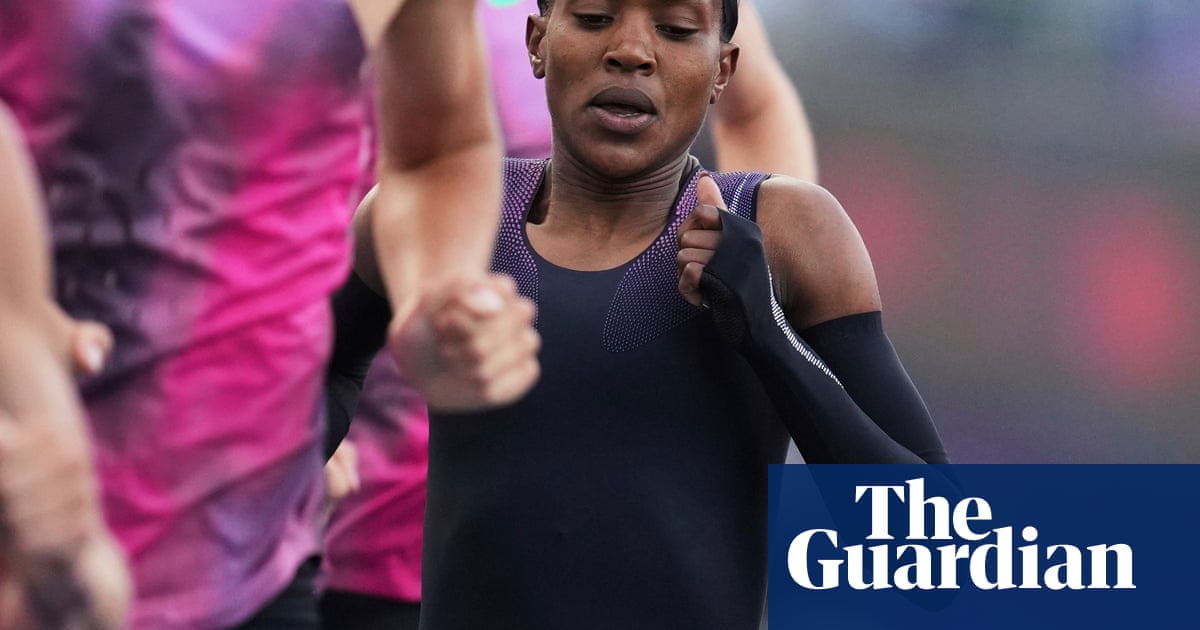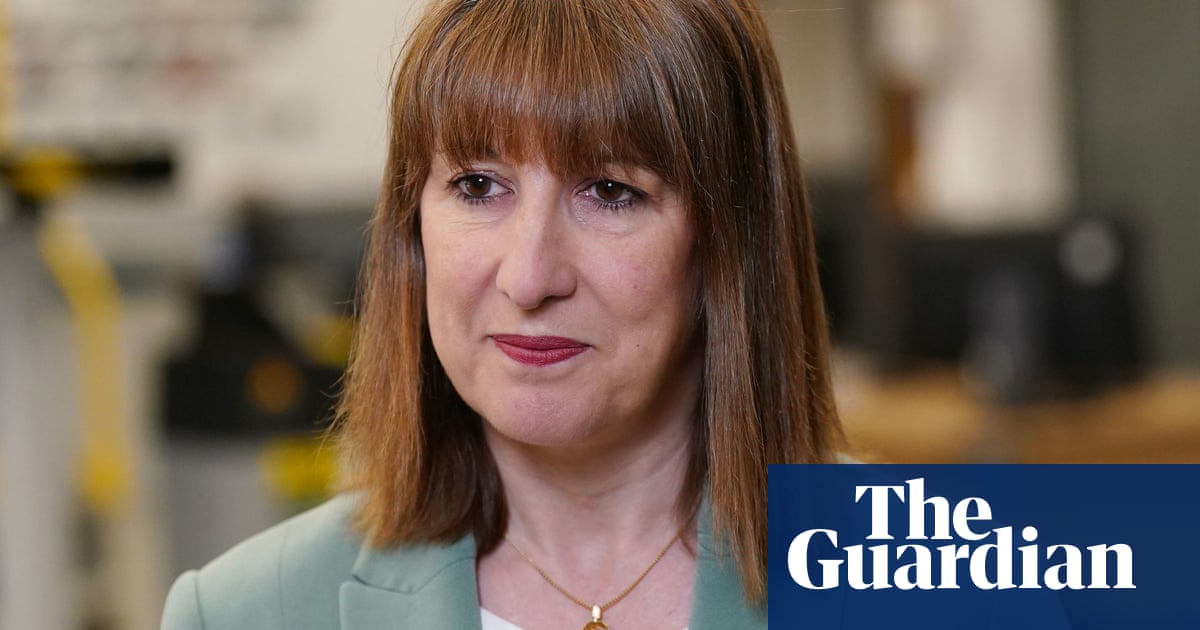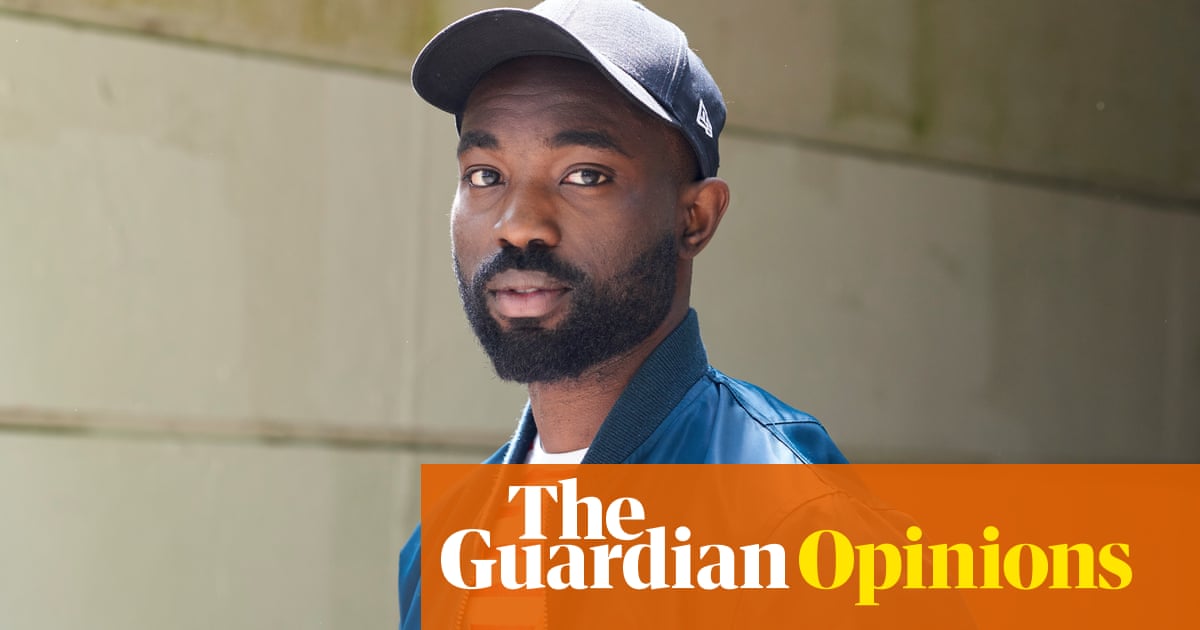Swimming in urban waterways should be a right, activists have said, as an international alliance aims to persuade politicians to clean up rivers so they can be used safely by their citizens.
At the world’s first Swimmable Cities summit in Rotterdam, more than 200 representatives from more than 20 countries gathered and plunged into the water.
The Swimmable Cities alliance was formed after the project to clean up the River Seine culminated at the 2024 Paris Olympics. The summit is designed to build on this work and progress made in other European cities to create a global network of swimmable urban waterways.
The setting itself showed what can be possible; Rotterdam’s Rijnhaven, once an industrial port on the south bank of the Nieuwe Maas river, is now a designated swimming area complete with a floating pontoon park, and the only legal place to swim in Rotterdam’s city centre.
Local people come for evening swims or lunchtime dips, children leap in and play, and during the summit, conversations took place in swimsuits.
“No titles, no roles – just humans connecting,” said Daniel Allen-Hörnfeldt, the founder of Umeå Kallbad, a non-profit initiative creating access to bathing and saunas in Umeå, Sweden. “The Dutch approach to risk is simple: inform, enable, then let go. I was seriously impressed. That sense of trust and ease – combined with clean water and clever design – is a reminder of what a swimmable city can look like.”
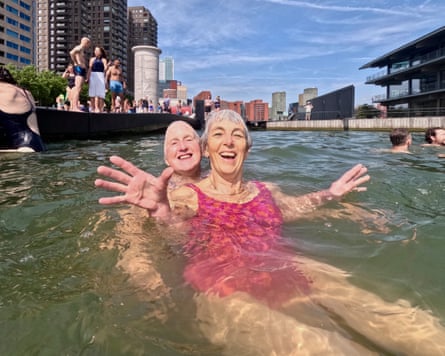
Increasingly, cities are getting creative. Paris spent nearly €1.4bn (£1.19bn) on restoring the Seine in the lead-up to the Olympics, including building giant stormwater basins to stop sewage overflow and installing new filtration systems at key outlets. As a result, three new urban swimming spots in the city centre will open this July.
Copenhagen led the way more than a decade ago by investing in real-time water quality monitoring and rerouting sewage during heavy rain. Its clean harbours now host hugely popular public bathing zones with lifeguard stations, diving boards and saunas.
In Switzerland, floating changing rooms and safe entry points make rivers in Basel, Berne and Zurich feel like a true extension of public space.
Berlin launched the Flussbad project in 2012 with the ambition of turning a stretch of the Spree into a filtered, free public swimming pool with integrated wetland zones to clean the water naturally.
Elsewhere, Melbourne’s Yarra Pools project, driven by citizens and architects, is working to open up the river as a place for people to gather and play.
after newsletter promotion
Yet despite these examples, many cities face stubborn barriers to becoming swimmable even when the water itself is clean. Historical legal frameworks often prohibit swimming in urban rivers by default, and insurance concerns and fear of litigation keep the authorities from opening access.
Public perception lags behind reality, with lingering fears of dirty water and chemicals left by industry. In many cities, swimming spots cluster in wealthier areas, or come with hidden costs.
Oumaima Ouaissa of Wavemakers United, an international non-profit, said: “Every citizen should feel that urban waterways are theirs to experience and protect. Clean and safe urban waterways are not just environmental assets, they are vital spaces for connection, health and wellbeing.”
Rotterdam’s vice-mayor, Pascal Lansink-Bastemeijer, said: “Rotterdam is a city shaped by water – and increasingly, reclaimed by it in the best possible way. This summit is not just about swimming – it’s about restoring our relationship with water, and leading together toward cleaner, more livable cities for future generations.”

The summit covered subjects including the right to swim and nature rights, waterway restoration and water quality, swimming communities, investment from public and private partnerships, water literacy, and international water diplomacy.
Toby Robinson, a British Olympic swimmer attending the summit, said: “Access to water should be a civil right, not a nice to have. Nothing is free in London, but here anyone can turn up and swim, for free, in the Rijnhaven and as a result the area is buzzing with energy. Local restaurants, cafes and bars are full; it isn’t just healthy for the community, it is healthy for the local economy too. If swimmers are thriving, then their city is.”
The Swimmable Cities alliance aims to establish a baseline to measure how swimmable urban waterways are worldwide, with specific criteria to benchmark waterway health, accessibility, biodiversity, and social impact. The process will allow cities to measure progress, share best practices, and accelerate the transformation of polluted or neglected waterways into safe and swimmable public spaces.
“This summit demonstrates that city swimming is not just possible, it’s a right,” said Matt Sykes, a cofounder of the alliance. “By the time a city is swimmable, it is more climate resilient, healthier and more equitable.”

 4 hours ago
2
4 hours ago
2


